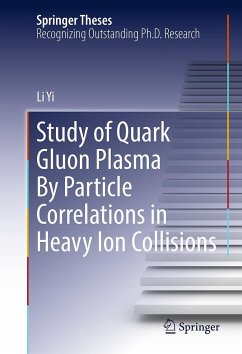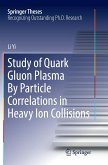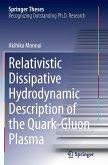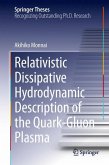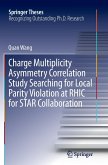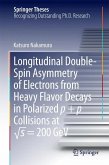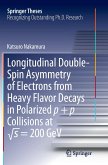This thesis covers several important topics relevant to our understanding of quark-gluon plasma. It describes measurement of the third-order harmonic flow using two-particle correlations and isolation of flow and non-flow contributions to particle correlations in gold-gold collisions. The work also investigates long-range longitudinal correlations in small systems of deuteron-gold collisions. The former is related to the hydrodynamic transport properties of the quark-gluon plasma created in gold-gold collisions. The latter pertains to the question whether hydrodynamics is applicable to small systems, such as deuteron-gold collisions, and whether the quark-gluon plasma can be formed in those small-system collisions.
The work presented in this thesis was conducted with the STAR experiment at the Relativistic Heavy Ion Collider at Brookhaven National Laboratory, where the center-of-mass energy of both collision systems was a factor of 100 larger than the rest mass of thecolliding nuclei. The results contained in this thesis are highly relevant to our quest for deeper understanding of quantum chromodynamics. The results obtained challenge the interpretation of previous works from several other experiments on small systems, and provoke a fresh look at the physics of hydrodynamics and particle correlations pertinent to high energy nuclear collisions.
The work presented in this thesis was conducted with the STAR experiment at the Relativistic Heavy Ion Collider at Brookhaven National Laboratory, where the center-of-mass energy of both collision systems was a factor of 100 larger than the rest mass of thecolliding nuclei. The results contained in this thesis are highly relevant to our quest for deeper understanding of quantum chromodynamics. The results obtained challenge the interpretation of previous works from several other experiments on small systems, and provoke a fresh look at the physics of hydrodynamics and particle correlations pertinent to high energy nuclear collisions.

